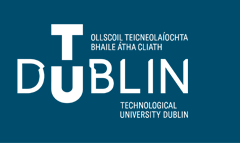Author ORCID Identifier
https://orcid.org/0000-0002-1720-2093
Document Type
Article
Disciplines
Applied mathematics
Abstract
The theoretical modelling of holographic recording in photopolymers has been an important tool in their optimisation. More complex, hybrid organic/inorganic photopolymers have been developed in pursuit of materials with higher sensitivity, low shrinkage, high dynamic range and environmental stability. Recent attempts to augment the existing models for the redistribution of inorganic nanoparticles in holographic recording were successful but there is still a knowledge gap in regards to modelling optical losses, mutual cross-diffusion, the formation of slanted holographic gratings and polymerization induced shrinkage in hybrid photopolymer media. This paper will describe a novel approach to modelling the formation of unslanted holographic gratings in hybrid photopolymer materials by taking into consideration optical losses and coupled cross-diffusion in the recording process. The new model is validated via a comparison of previously published experimental results with model predictions. Numerical simulations of the model will also provide an insight into how the grating can be optimized for holographic applications in the experimental design through the proper selection of recording conditions and nanoparticles.
DOI
https://doi.org/10.1364/JOSAB.549171
Recommended Citation
Lyons, Jack; Mackey, Dana; and Naydenova, Izabela, "Modelling the Formation of Unslanted Holographic Gratings in Hybrid Photopolymer Media" (2025). Articles. 112.
https://arrow.tudublin.ie/cieoart/112
Funder
Irish Research Council
Creative Commons License

This work is licensed under a Creative Commons Attribution-NonCommercial-Share Alike 4.0 International License.


Publication Details
Journal of the Optical Society of America B Vol. 42 No. 2.
doi:10.1364/JOSAB.549171